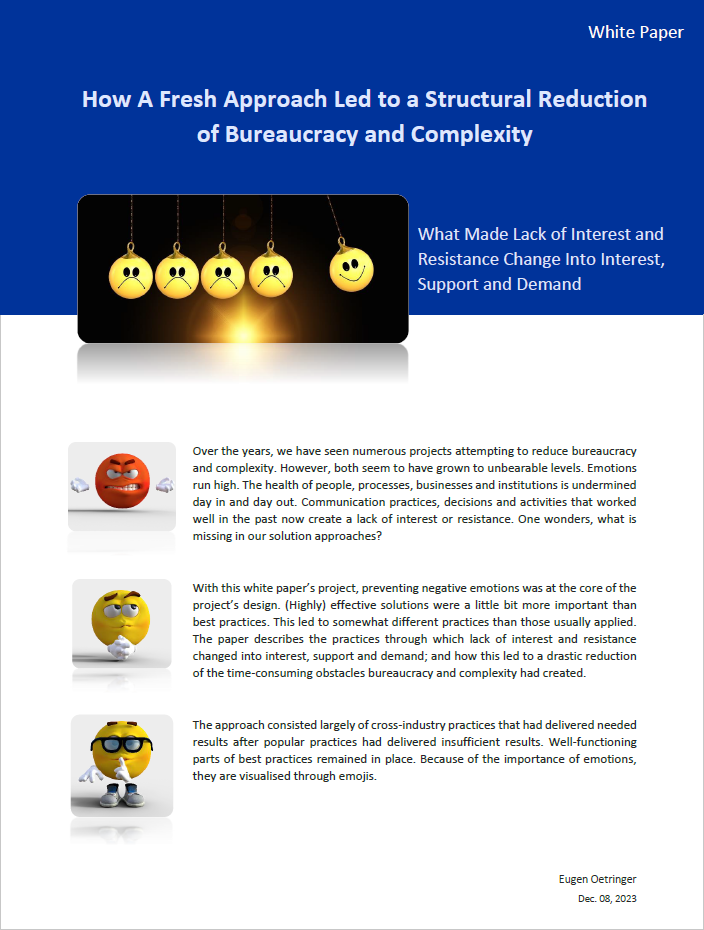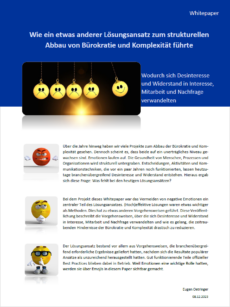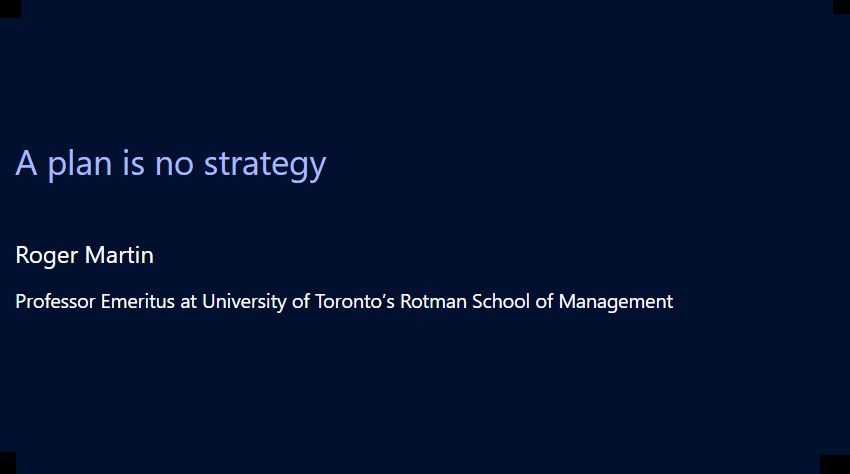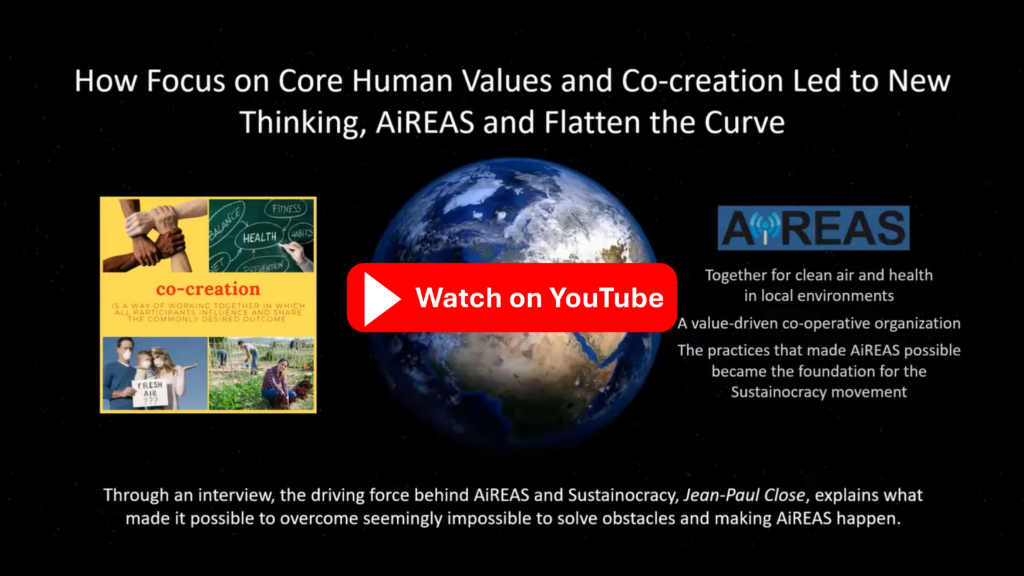Manifesto Applied
Applied by Selecting Relevant Elements
How A Fresh Approach Led to a Structural Reduction of Bureaucracy and Complexity
What Made Lack of Interest and Resistance Change Into Interest, Support and Demand
For about two decades, the standard practices failed us when the challenges were complex. In an environment known for its high levels of complexity, bureaucracy, high project failure rates and resistance, the first project applying relevant Manifesto practices achieved the following results in 2023:
- A structural reduction of bureaucracy and complexity
- A drastic reduction of frustrating obstacles created by bureaucracy and complexity in a specific field
- Lack of interest and resistance changed into interest, support and demand
- The project was executed without escalation and costly corrections
Applied Without Being Aware of the Manifesto
A Plan is No Strategy
In just 9:30. 3,8 million views
A plan is no strategy video
LoN Manifesto
Step out of the box asked for
Step out of the box
Planning is insufficient
Planning works up to the Level-1 Tipping Point of complexity. Beyond this Tipping point, the standard planning approaches become counterproductive of fail.
Outcome focus is needed. Outcome cannot be controlled.
Success example: Southwest Airlines in the United States
Early on: Getting projects over the positive Tipping Points of complexity, where they become practical, executable, and their value achievable.
Different practices are required than the standard practices usually seen.
Avoid the planning trap
The systemic failure in Part 2
Keep your strategy short
The Manifesto itself, strategies, decisions, projects and more: A Package of (simple) solutions complementing each other
How Focus on Core Human Values and Co-creation Led to New Thinking, AiREAS and Flatten the Curve
Is there no other way to go about tough problems than breaking them into parts and triggering opposition as gaps outside the active parts remain unsolved? It turned out there is another way.
At Eindhoven in the Netherlands, Jean-Paul Close took a different approach. In the field of air pollution, a project impossible to get through the system was made to happen. The way this was achieved turned out to be by creating a new way of thinking through a focus on core human values and co-creation. What he didn’t know at the time was that this was flattening the curve of seemingly insurmountable obstacles.
Flatten the Curve became known through COVID. But there is more to this than COVID. Flatten the Curve is the term used for the practices coming with the Capacity Bottleneck Law of Nature. Since it is Law-of-Nature based, it is no surprise that AiREAS became possible. During the interview, important aspects of Co-creation, the Core Human Values, and the applied Flatten-the-Curve practices are made available.




